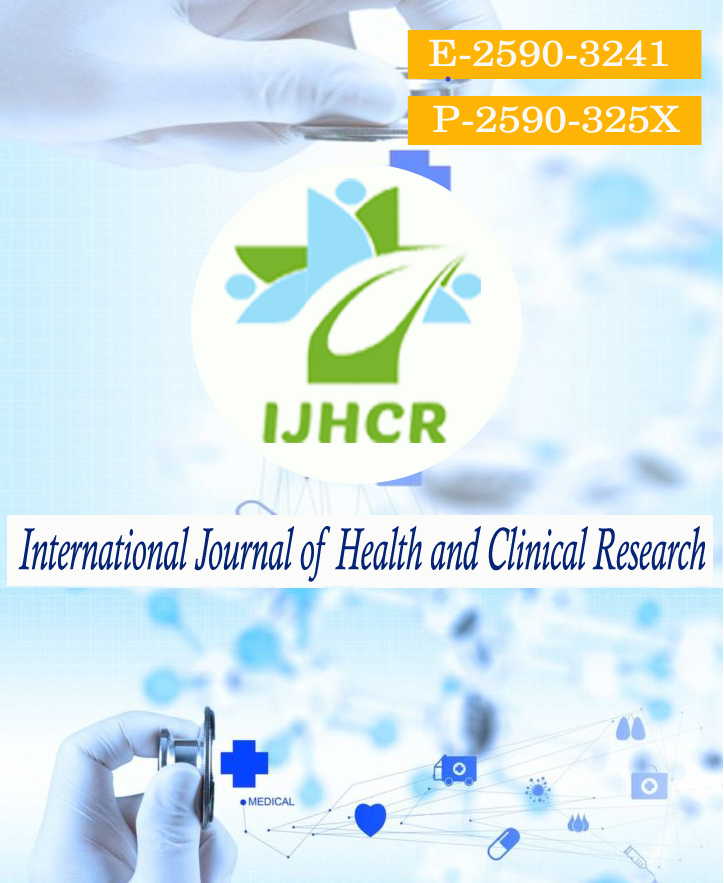A clinical study of various methods of reconstruction of scalp defects and its outcomes
Keywords:
Scalp Defects, spit skin grafting, Transposition flap.Abstract
Introduction: The scalp, as the body's superior boundary, is often subjected to environmental insults. Since the scalp is seldom covered by clothing, it is more vulnerable to burns and other wounds that can result in extensive disfigurement and scarring. The scale, depth, and position of scalp defects all influence decision-making in their repair. The existence of the defect is another important factor in determining management. Aim : To study the various scalp defects in terms of their clinical presentation, Management and their outcome and reconstruction of scalp defects with local flap and split thickness skin grafts. Materials and methods: This prospective interventional research was performed in the Department of Plastic and Reconstructive Surgery over the course of 18 months,. Patients with 0-70 years of age with electrical burns, trauma , benign tumors and congenital abnormality associated with loss of scalp tissue.Results: In this sample, 12 (60%) patients had a defect size varying from 9 to 100 cm2, 02 (10%) patients had a defect size of less than 9 cm2, and 6 (30%) patients had a defect size of more than 100 cm2. In our sample, the majority of patients presented within 24 hours, 15% presented within one week, and 15% presented after three months. Transposition flap with ssg was performed in the maximum number of patients (50%) in ten patients, rotation flap in three (15%), ssg in five (25%) patients, and primary closure in three (15%) patients. Conclusion: Good knowledge of the anatomy, the individual patient, and the resurfacing choices that are available is the beginning, but the surgeon's success needs creativity to add all these elements together to give a satisfactory result for the patient.
Downloads
Published
How to Cite
Issue
Section
License
Copyright (c) 2021 Ashish S Kokate, G Praveen Harish, M Madhusudana Naik, N Nagaprasad

This work is licensed under a Creative Commons Attribution 4.0 International License.






 All articles published in International Journal of Health and Clinical Research are licensed under a
All articles published in International Journal of Health and Clinical Research are licensed under a 